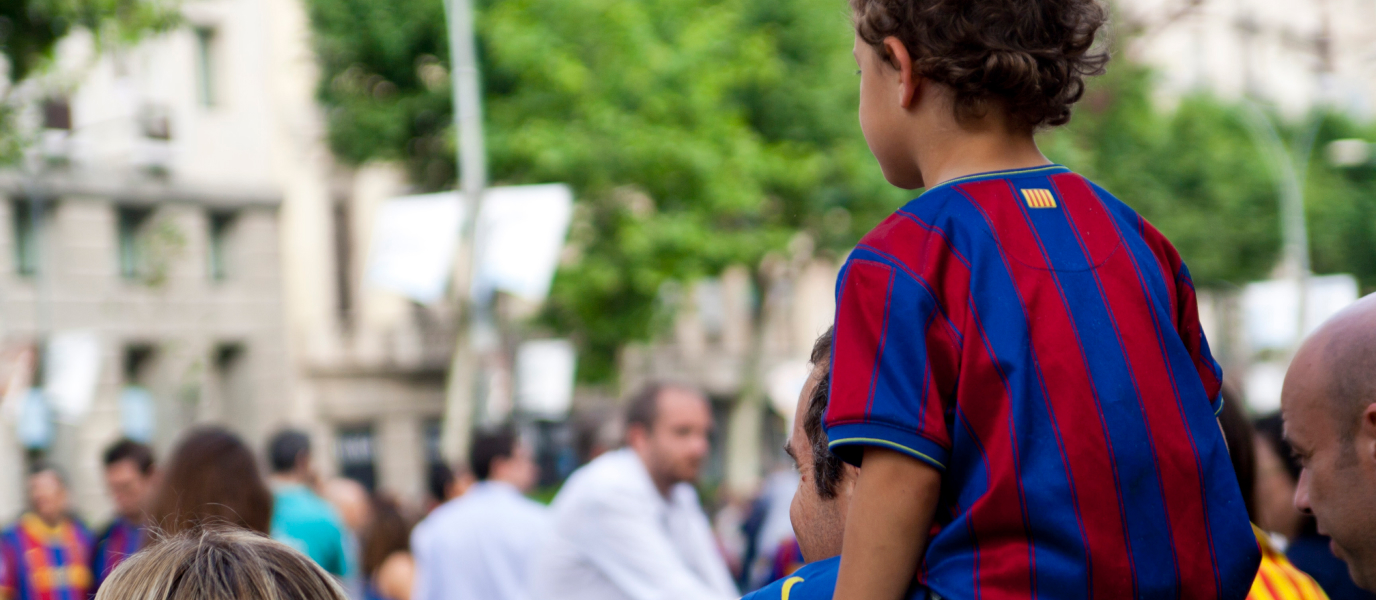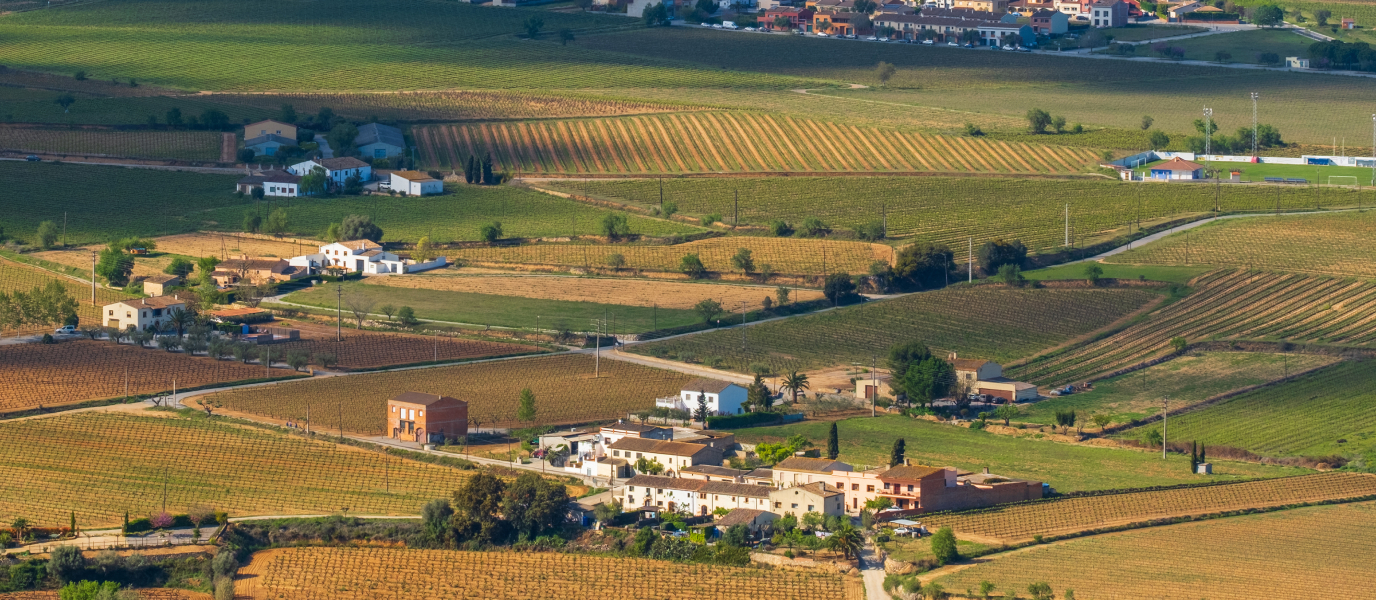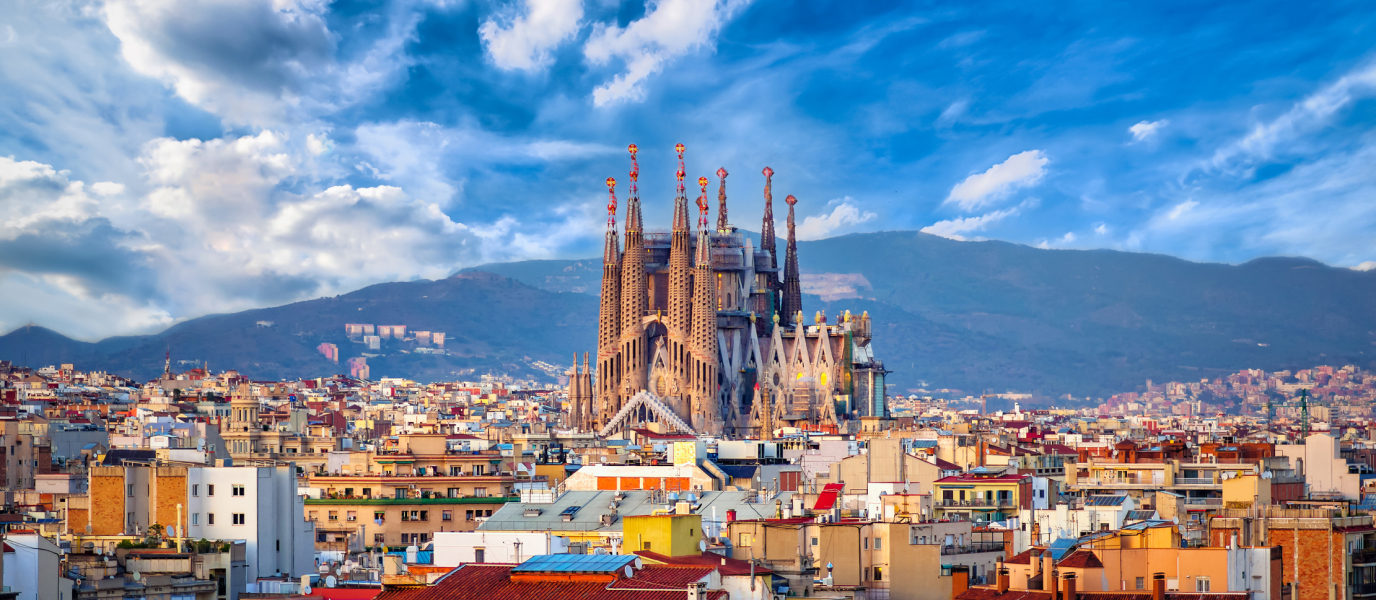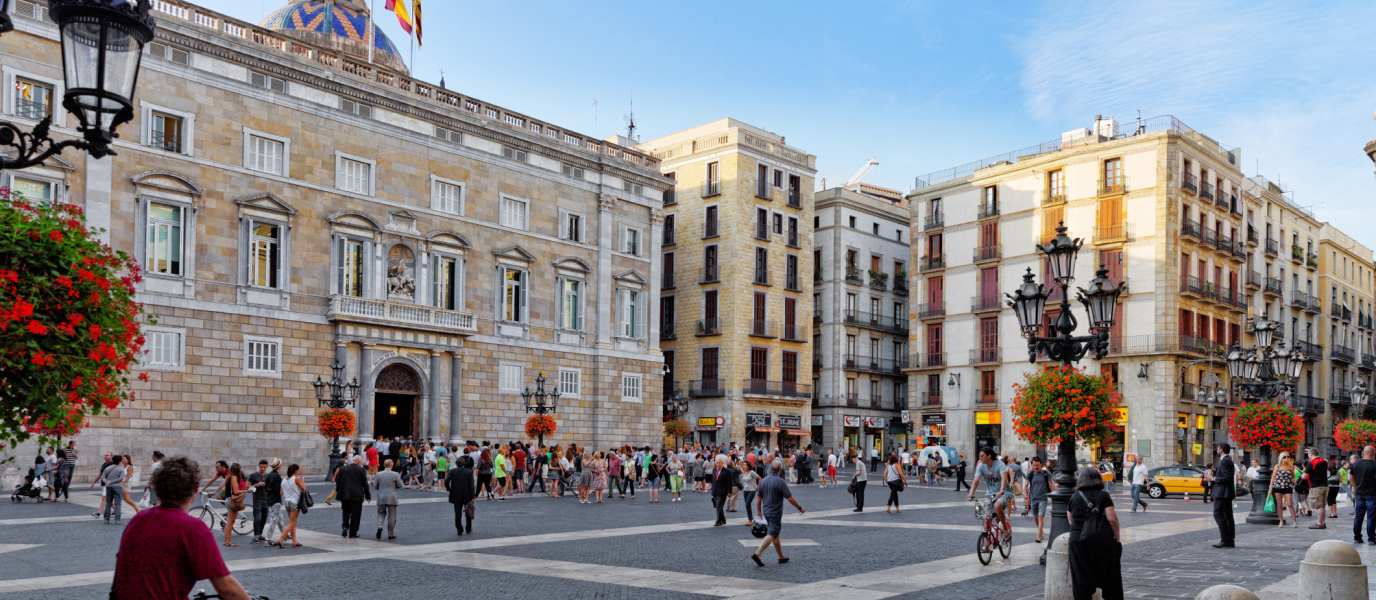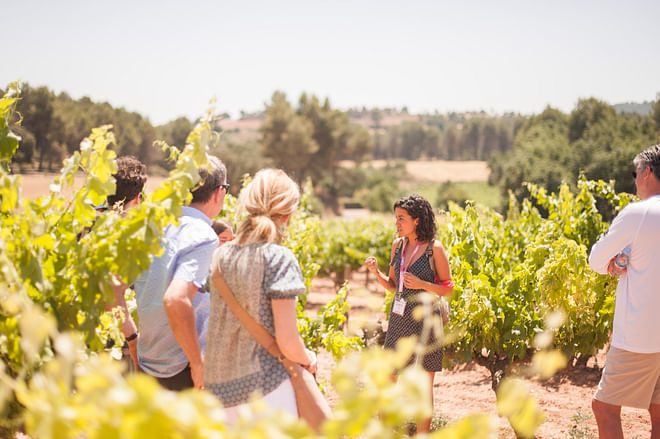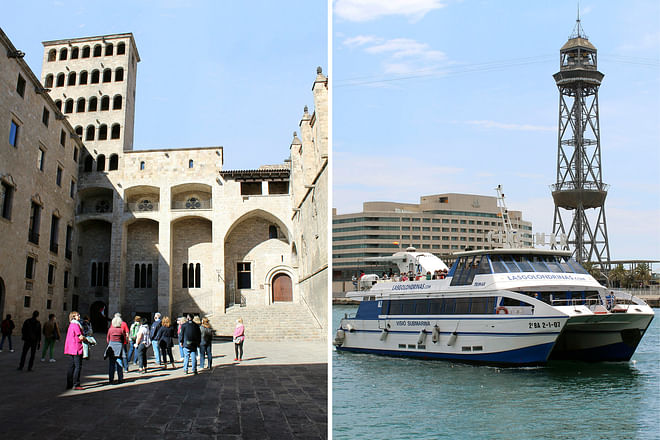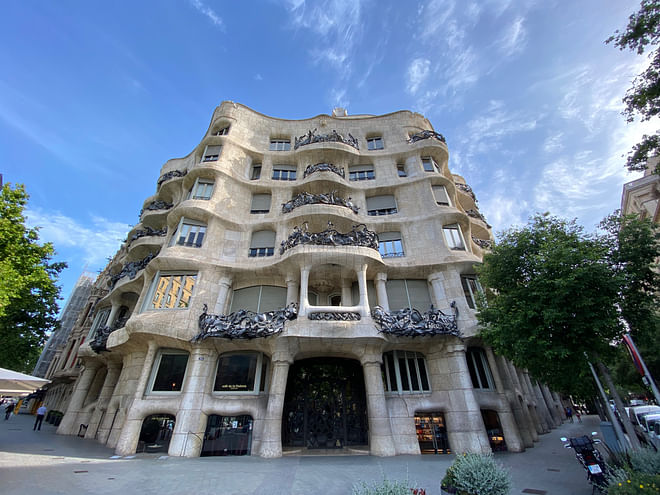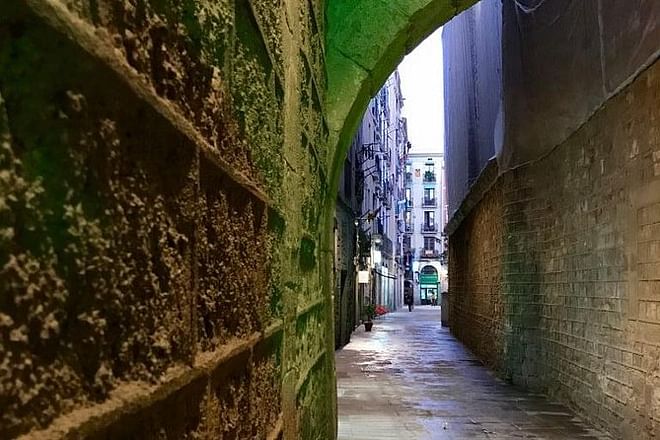Barcelona has a wide array of tourist attractions for visitors. In this city, architecture buffs are captivated by Antoni Gaudí’s imaginative edifications. These include not only the Sagrada Familia and the iconic buildings on Passeig de Gràcia (Casa Batlló and Casa Milà), but also all the homes that, despite being less famous, amaze pedestrians making their way through the Eixample district, forcing them to stop and gaze up at the elegant balconies and modernist galleries.
Barcelona has sea and mountains, Barceloneta Beach and Tibidabo, culture and counter-culture, cuisine and museums, wide avenues filled with light and dark alleyways in the El Born quarter. As if this were not enough, the city is also home to a football team whose fans proudly say is més que un club (more than a club). We are talking about FC Barcelona, the team led by Leo Messi. Its stadium, Camp Nou, is where week after week, the world of football sets its sights on the very high possibility of witnessing magic at Can Barça. What more could you want from a city?
From the previous Les Corts stadium to Camp Nou
As usually occurs with sports clubs in their early days, FC Barcelona played on a number of fields between when it was founded in 1899 and until 1922, when it relocated to Les Corts, the first stadium owned by the team. Following renovations in 1943 and 1945, the Les Corts stadium had a seating capacity of 48,000, a figure that is much higher than the capacity of most stadiums in Spain’s La Liga today. However, as the number of fans quickly grew after the Civil War, the team outgrew the stadium and plans were made to build a new one.
According to certain theories, the final push to launch the project was the impending arrival of Ladislao Kubala—once the Hungarian footballer’s signing was confirmed—and the two consecutive La Liga titles that Barça won for the 1947/48 and 1948/49 seasons. In any case, after an intense debate about where it should be located (some believed that it should be erected at the end of Avinguda Diagonal instead of in the Maternidad area, where it was ultimately constructed), Camp Nou was built between 1955 and 1957. The whole project cost a staggering 288 million pesetas, which meant the club would spend the following years heavily in debt.
The stadium was designed by the architects Francesc Mitjans Miró and Josep Soteras Mauri, with the collaboration of Lorenzo García Barbón, and it had an initial capacity of 99,053. However, this number would rise to 115,000 for the 1982 World Cup, when the opening game was played at Camp Nou. By the late 1990s, stadium’s capacity returned to approximately 99,000 because new regulations did not allow tickets for standing areas.
Although it has always been popularly known as Camp Nou or Nou Camp, as opposed to the Club’s old home at Les Corts, it was originally going to go under the official name of Estadio del FC Barcelona. In 2001, during Joan Gaspart’s presidency, a postal vote was made by the Club’s members, and 68.25% supported the decision to confirm ‘Camp Nou’ as the official name.
Barça’s stadium has been awarded the category 4 status, in line with UEFA standards. This means that it fulfils all the requirements to host the final matches of the Champions League and the UEFA Europe League, the two most important football competitions for European clubs. The stadium’s first-rate facilities include box suites, VIP rooms, television studios and even a chapel next to the changing rooms. Fans, however, are eagerly awaiting the spectacular renovation project announced by the Board of Directors. The new design by the Japanese company Nikken Sekkei alongside the Catalan architects Joan Pascual and Ramon Ausió will feature a clear façade and increase the seating capacity to 105,000.
Barça Stadium Tour & Museum: Visiting the FC Barcelona stadium
The best way to visit Camp Nou is to see a FC Barcelona match in person and witness the magnificent football played by one of the most successful teams on the planet. However, the Barça Stadium Tour & Museum—or Camp Nou Experience—is the perfect activity for anyone interested in visiting the FC Barcelona Museum and all the areas reserved for the first team.
The different tours include the press room and the mixed zone, a walk along the pitch, the rival team’s changing room and even sitting on the bench used by players such as Leo Messi. The FC Barcelona Museum houses a vast collection of the team’s memorabilia, including historic balls, shirts and boots, as well as an innovative audiovisual area with multimedia installations that invite fans to relive some of the most exciting and important goals and plays in the team’s history.
Whether you go to see a game or sign up for the tour, Camp Nou, just like other legendary stadiums such as Bombonera (Buenos Aires) or Wembley (London), is one of those places that any football enthusiast should visit at least once.

























































